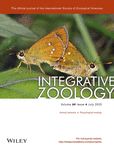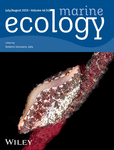Society Information
The Xishuangbanna Tropical Botanical Garden (XTBG) was established in 1959 as part of the Chinese Academy of Sciences (CAS). XTBG is a comprehensive research institution integrating scientific research, species conservation, and popular science education, as well as a well-known scenic spot. In 2013, XTBG became the leading institute of the China Botanical Garden Alliance (now known as the China Botanical Garden Joint Conservation Programme); in 2015, it became the host of the newly established Southeast Asia Biodiversity Research Institute (SEABRI); and in 2019, it became one of the three constituent units of CAS’ core botanical gardens. XTBG is China’s largest botanical garden, with the richest collection of species (over 13,000), and the largest number of plant species preserved outdoors; and it has the largest number of plant taxa on public display in the world.
XTBG’s mission statement: based in tropical China, facing southwest China and Southeast Asian countries, carrying out scientific research, species conservation and popular science education with forest ecology, resource botany and conservation biology as the main research directions, and promoting biodiversity conservation and sustainable development, which includes:
- Engaging in fundamental scientific research, applying technological research and research related to sustainable economic and social development, building a high-level research and development base for plant diversity conservation and ecology, as well as a strategic tropical plant resource conservation, building an international research center and lead regional biodiversity conservation initiatives.
- Investigating, collecting, and preserving tropical plant species, conducting research conservation techniques for rare and endangered tropical plant species, building conservation botanical gardens, developing sustainable application techniques for strategic plant resources, providing advice and scientific and technological support for economic and social development, developing gardening and horticultural techniques, also building world-class botanical gardens.
- Adhering to the integration of science and education, cultivating high-level innovative research talents, carrying out popular science education, conducting environmental education.







